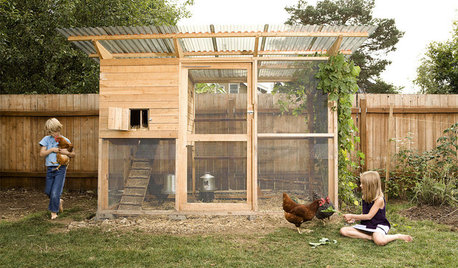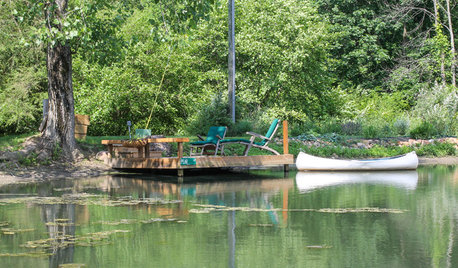Silkie chicks
LnrO
12 years ago
Related Stories

FARM YOUR YARDHouzz Call: Show Us Your One-of-a-Kind Chicken Coops
Do you have a fun or stylish backyard shelter for your feathered friends? Post your pictures and stories in the Comments!
Full Story
PRODUCT PICKSGuest Picks: 20 Finds to Cluck About
If you have or love chickens, you’ll flock to these coops, themed accessories, artwork and more
Full Story
MY HOUZZMy Houzz: A Dream of Country Living Comes True
A couple garden and raise chickens in their retreat-like historic Maryland property, learning as they go
Full Story





shellymb
LnrOOriginal Author
Related Professionals
Galveston Landscape Contractors · Roswell Landscape Contractors · Santa Ana Landscape Contractors · Tinton Falls Landscape Contractors · Oxon Hill Landscape Contractors · Albany Fence Contractors · Downers Grove Fence Contractors · Homestead Fence Contractors · Oro Valley Fence Contractors · Arlington Heights Decks, Patios & Outdoor Enclosures · Randolph Decks, Patios & Outdoor Enclosures · Reading Decks, Patios & Outdoor Enclosures · Springfield Decks, Patios & Outdoor Enclosures · Westfield Decks, Patios & Outdoor Enclosures · Westford Decks, Patios & Outdoor Enclosuresvelvet_sparrow
LnrOOriginal Author